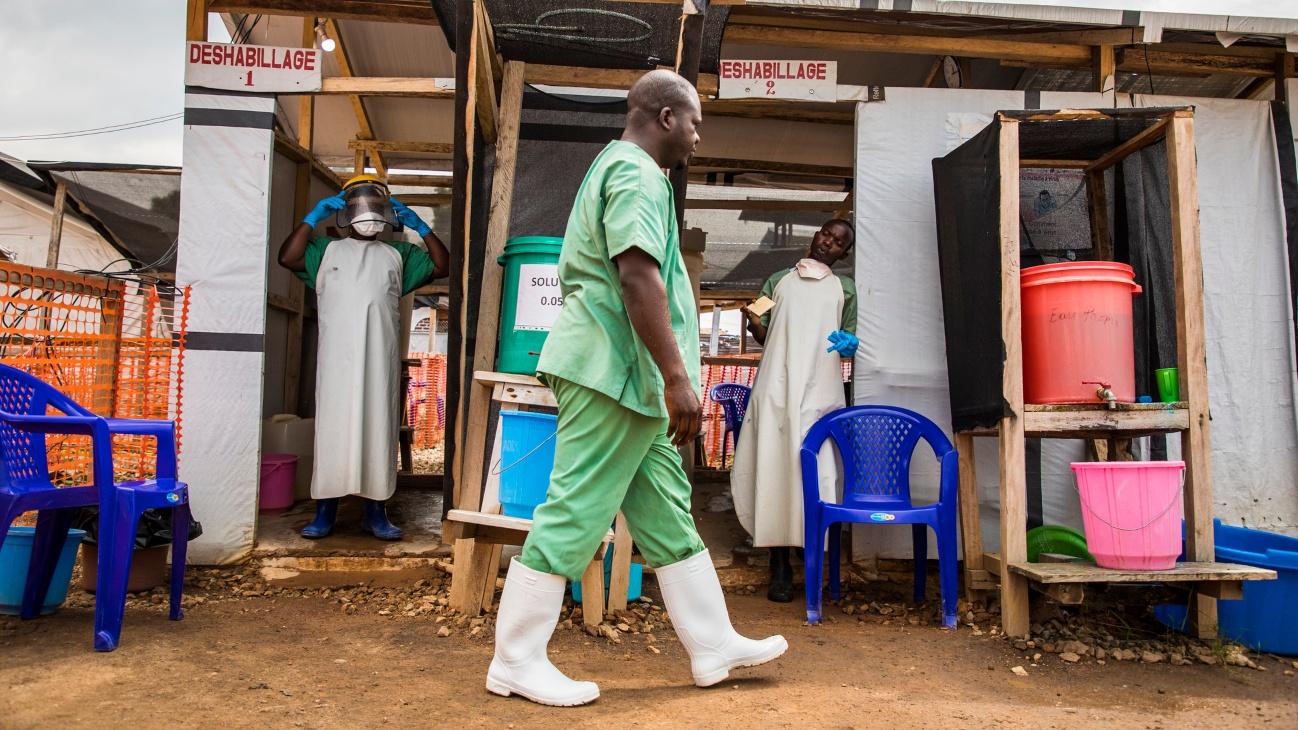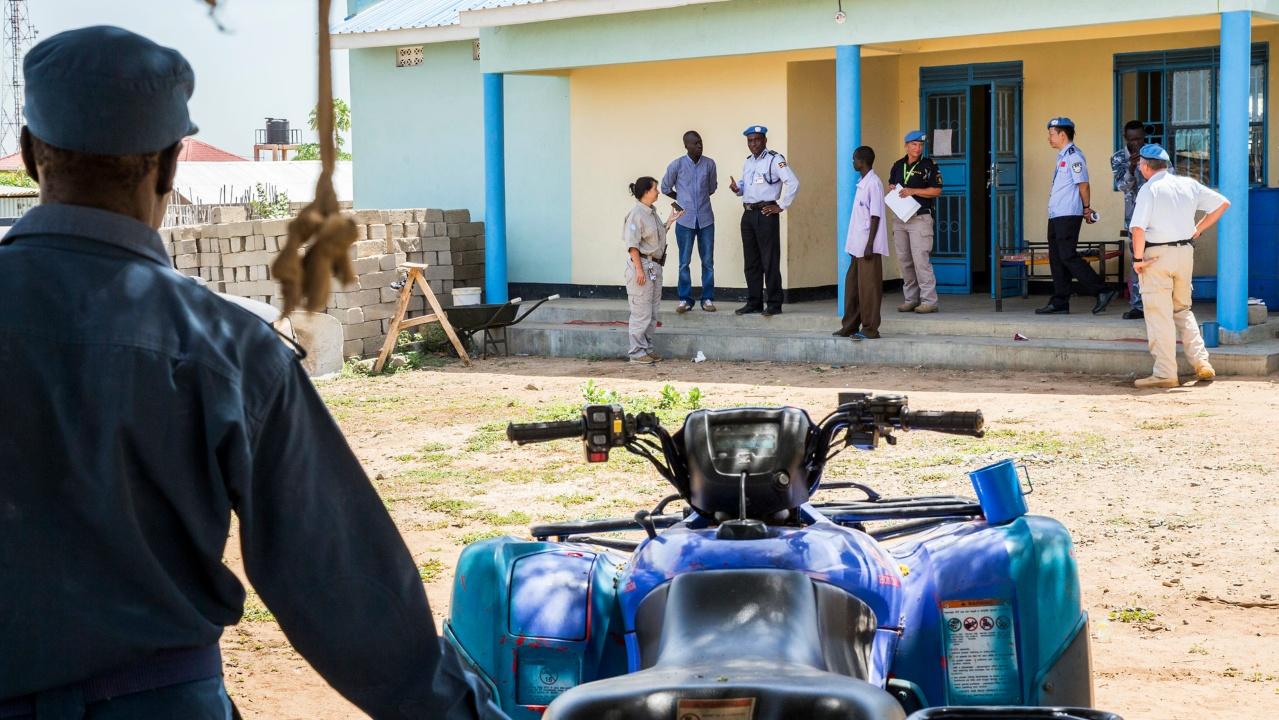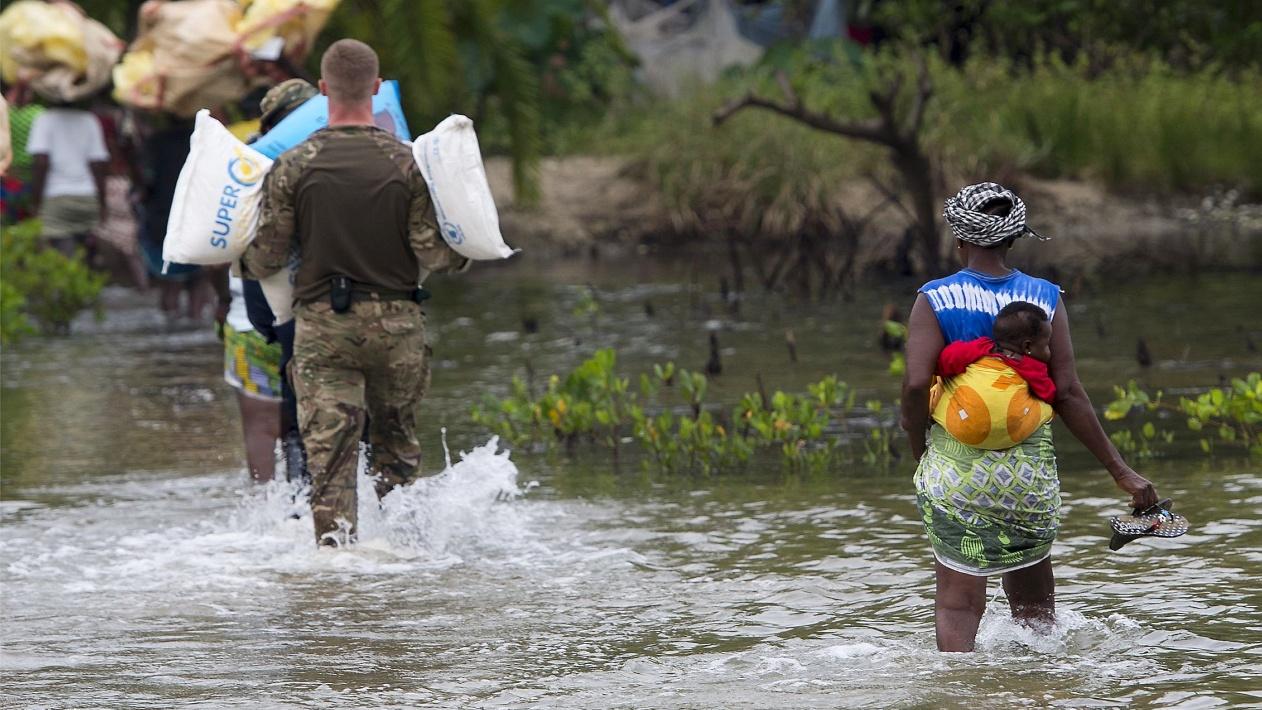Following wartime displacement from the South Sudanese capital, Juba, land disputes have prevented people from returning home and fuelled social tensions. Government intervention is needed to produce land rights through formal legal processes, says Gatwech Wal, whereby chiefs can peacefully resolve land disputes and produce a safe environment for refugees and internally displaced persons concerned about confronting new occupants.
This post is part of a series exploring ‘public authority’ based on research at LSE’s Centre for Public Authority and International Development at the Firoz Lalji Institute for Africa.
Since the 2005 Comprehensive Peace Agreement (CPA) and the 2011 independence of South Sudan, land disputes have been a dominant concern of many South Sudanese. This has been particularly acute in the capital, Juba, where land disputes have impacted people’s ability to return home after wartime displacement.
Recent histories of land in Juba
The 2005 CPA ended the war between the Sudanese government and the Sudan People’s Liberation Army (SPLA) and made South Sudan’s independence likely. Yet before the agreement, years of war had prompted millions of South Sudanese to flee to Sudan and to neighbouring countries. When Juba was declared South Sudan’s capital during this period, many South Sudanese adhered to the new government’s call to return home.
Over the following decade, people continued to move to Juba from South Sudan’s states where, across the country, there was insecurity, rampant killing, cattle raiding, revenge attacks and communal feuds. Coming to Juba, particularly for young men, was a way to opt out of a forced military life. A lack of basic services, such as education, health facilities, clean water, employment and poor roads, forced many to abandon their states to access services in the capital. People came to trade and to attend school and university.
As people arrived, they constructed their own shelters wherever they could find space. There was no clear government regulation of land acquisition, despite the 2009 Land Act. This was the genesis of thaken achuai – the occupation of land without proper consultations.
Thaken achuai in Juba
The phrase thaken achuai derives from Arabic, meaning the informal acquisition or occupation of land. Politicians, army generals, IDPs, refugees, traders and soldiers were the first to initiate thaken achuai in Juba, where no land was allocated to them and they lacked a formal means to acquire it. Some were allocated land by chiefs, who often had no formal right to enact redistribution, often creating conflict and confusion among the city’s citizens; for instance, the same land was frequently reallocated to different people when parties were falsely considered absent.
The idea of thaken achuai has earlier origins among South Sudanese. It began in Khartoum, Sudan’s capital, in the 1980s as a result of wartime displacement from the Nuba Mountains, Blue Nile, Darfur and South Sudan. The war had forced IDPs to move to Khartoum, who could not afford to rent, and many residential areas in the city were developed through thaken achuai, including Thuk El mali, Thaplat, Thapi Sherik West and East, Hai yusuf, Hai Mayo, Libya and some parts of Omdurman. This policy of thaken achuai was then used as people moved to Juba.
Those who practiced thaken achuai in the capital initially constructed settlements using local materials. Yet, over time, more permanent buildings with concrete were also erected. Current residential areas, such as Tongpiny, Khorwilliam, Logo, Konyokonyo, Amarate, Gudelle, Jebel Market, Jebel Kunyjur, Atlabara and Muniki, have developed through such means. More recent processes of surveying have formally recognised many of these acquisitions of land, blurring the boundaries between legal and less formal processes. Surveys have been conducted, and impacted individuals have been compensated or given land documents, even if acquisition was initially via thaken achuai. At the same time, much of the land in Juba was not documented or formally recorded. Instead, physical use, occupation and residence in the property has been a key indicator of ownership.
The impact of thaken achuai on IDPs and returnees after 2013
Thaken achuai has proved to be particularly problematic for IDPs and refugees who have been unable to secure land rights through continuous occupation. In 2013, large-scale conflict erupted in Juba and men in uniform targeted and killed civilians based on ethnicity. Many Nuer speakers, in particular, fled their homes and ran for safety to UN peacekeeping bases, which became UN Protection of Civilian (PoC) sites, or to homes and refugee camps abroad. The majority were too afraid to return home and have spent years in these areas as residents, forcing their absence from previous homes in Juba, many of which acquired through thaken achuai or allocation by chiefs.
After the crisis, areas were demolished and new chiefs were appointed under a policy that relocated empty plots in Juba to IDPs, individuals who were displaced from other states or those formerly living in Juba towns. These chiefs issued new documents (tokens), occurring while many of the wartime displaced were still living in the UN bases, and as refugees in neighbouring countries. As these IDPs and refugees were not resident in their previous homes, the buildings were classified as empty and redistributed to others. After the 2018 peace agreement in South Sudan, many people who had fled returned to find new owners, based on directives from a new chief, who had often constructed a tukal (mud hut) or concrete building on the land. Others found their previous houses demolished, with trees cut to prevent their identification. To provide ownership, the new owners would often show their token from the chief.
For example, in one area of the city I know well, after the 2013 conflict, the area was divided into three residential areas under new chiefs. The IDPs tried convincing the government that the former chief of the city should be reinstated to his position. Several meetings in the UN House PoC site were subsequently conducted in 2018 and 2019. Despite apparent consensus, this former chief has not been appointed or given responsibility to re-allocate land to those owning it before the crisis.
New chiefs are reluctant to resolve cases in which they have redistributed IDPs’ land to new occupants. It takes a lot of money and many years to follow up in chiefs’ courts. For example, in 2021, court fees per case were 60,000SSP (approximately US$136). I myself have experienced these challenges and have failed to get judicial redress through chief courts, despite my home being demolished in 2014. These chiefs are often accused of favouring the second occupant – the occupant to whom they had allocated land. There is also concern that, if a chief rules in your favour but cannot return your land because of new occupants, they will allocate you the land of other absent IDPs and refugees.
Insecurity of land tenure is one of the factors encouraging people to stay in the UN Protection of Civilian sites. Not everyone in these areas supports the opposition, but circumstances are forced by land insecurity. Now the UN has re-designated the PoC sites as IDP camps, the hope is that many people will return ‘home’. Yet, many PoC site residents fear confronting the new occupants.
Is there a way forward? The following steps will help to fairly address these issues, requiring coordination between the United Nations Mission in South Sudan, humanitarian organisations, lawyers and the government:
- Form a committee to register IDPs whose houses and schools have been demolished and redistributed to others in Juba, which can alleviate conflict between secondary and primary occupants.
- Compensate those affected by the chiefs’ policy of land redistribution.
- Put in place mechanisms for returning IDPs home without security threats.
Photo: ‘UNMISS SRSG describes IDPs’ situation in Upper Nile region as “real problem”’ by UNMISS/Daniel Dickinson is licensed under CC BY-NC-ND 2.0.





